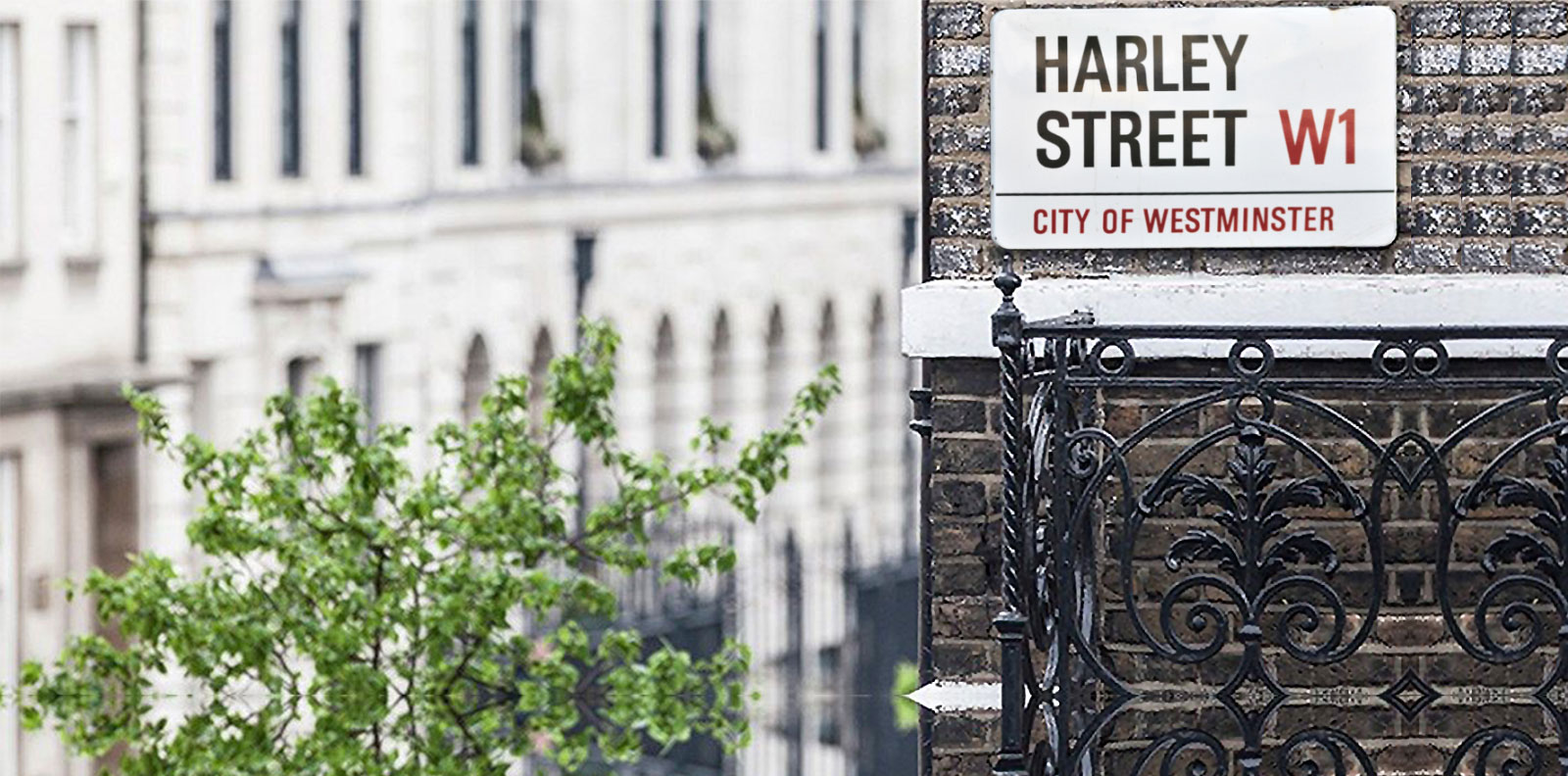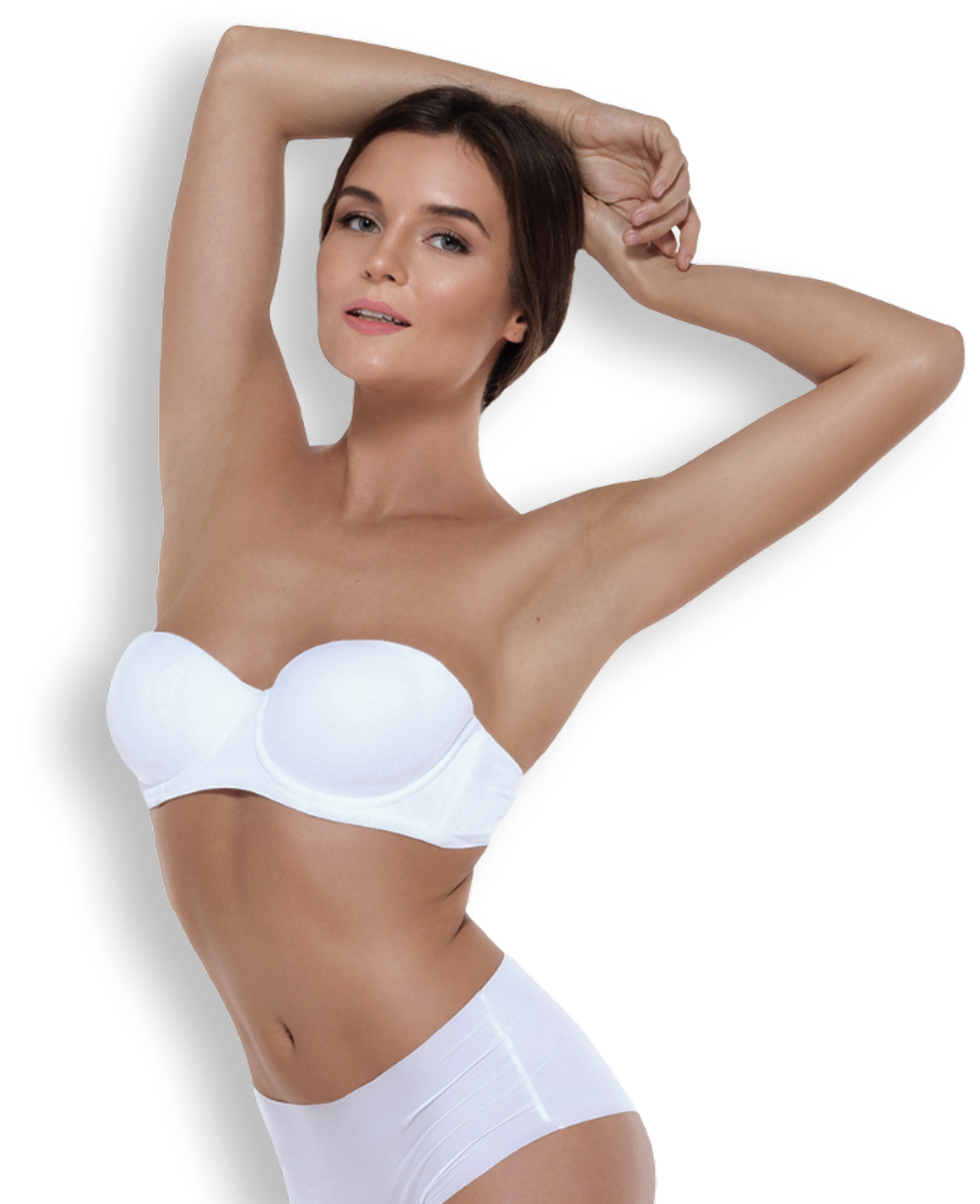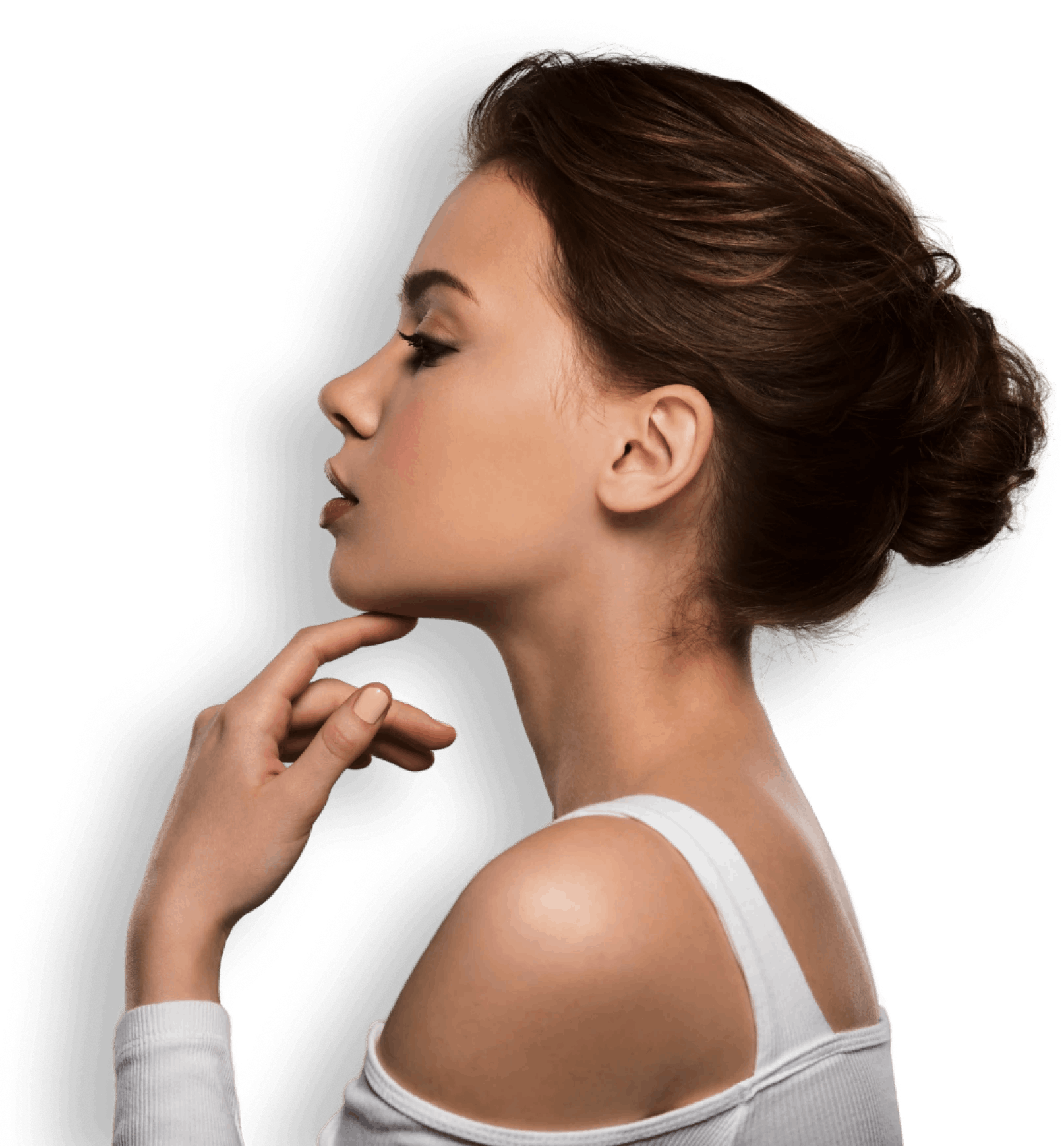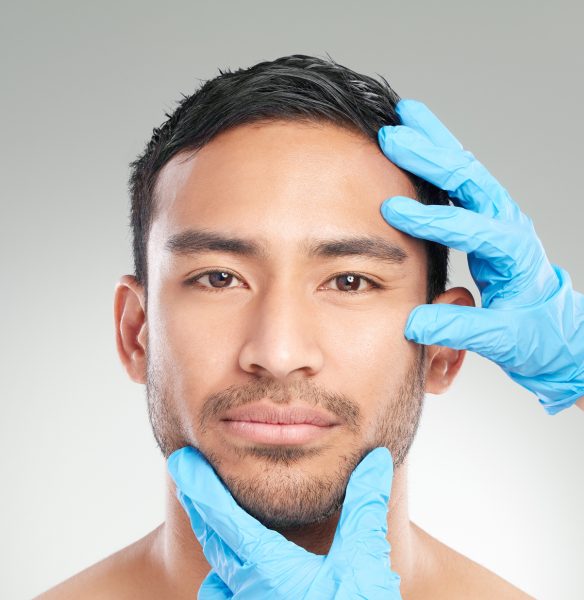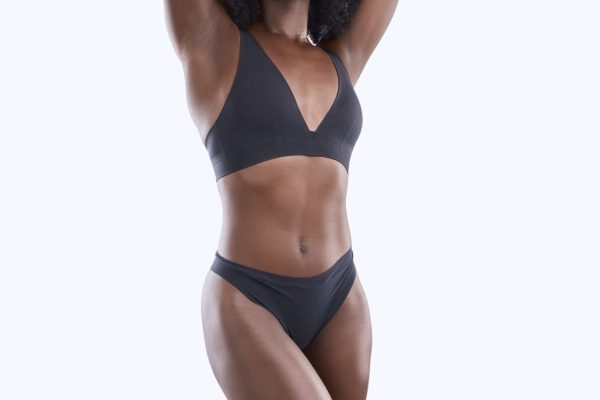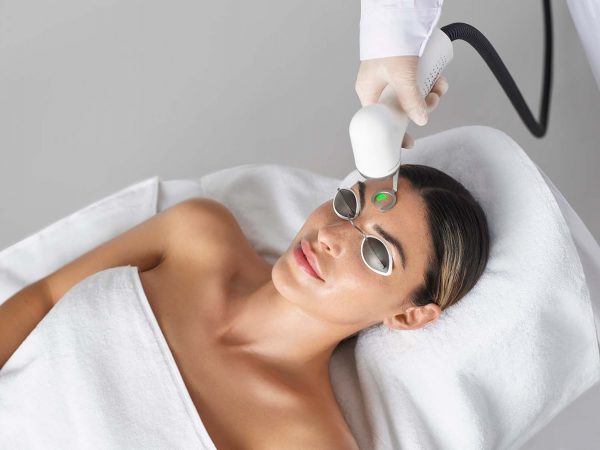
Plastic Surgery & Aesthetics London
The Clinic of Dr Yannis Alexandrides, One of London’s Best Plastic Surgeons
Welcome to 111 Harley St., a centre of aesthetic excellence within London’s renown Harley Street. Founded by globally-renowned Plastic Surgeon, Dr Yannis Alexandrides MD FACS, and home to the Y Facelift, 111 Harley St. is where lasting, life-changing enhancements happen. Begin your journey here…
Our ethos is to achieve your goals using the most innovative and advanced methods possible, facilitated through the bespoke, comprehensive programs we create for each patient. Whether you want to rejuvenate, refresh or preserve your appearance, our highly-qualified team will deliver an experience that is easy, enjoyable – and most importantly – efficacious.
Our 360-degree ethos means that we encompass both surgical and non-surgical treatments, from our most popular injectables, like Botox, Dermal Fillers and polynucleotides, to the latest technological devices for skin tightening, boosting collagen production and combating acne. Our Non-Surgical Department is as established as our surgical side, and within both, we are renown for creating natural-looking, results-driven transformations and treatments. Discover the procedures we are famed for; explore the results from Dr Yannis’ Facelifts and Rhinoplasty surgeries, and discover our range of Body Contouring surgeries such as minimally invasive Liposuction and Breast Augmentation.
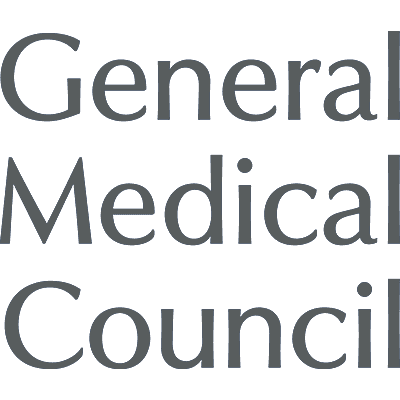
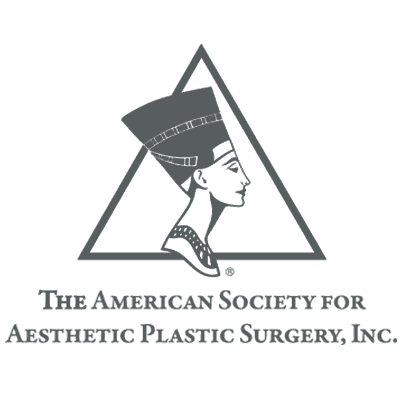
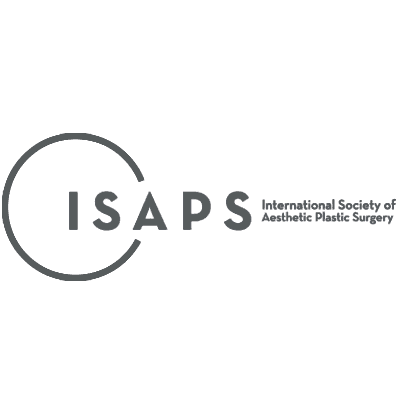
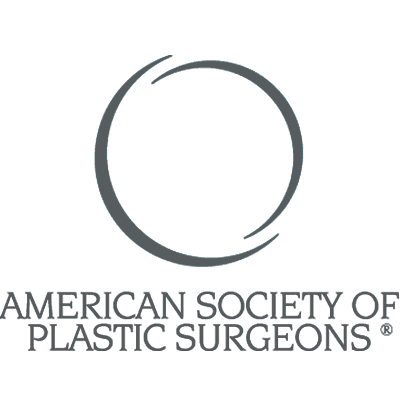
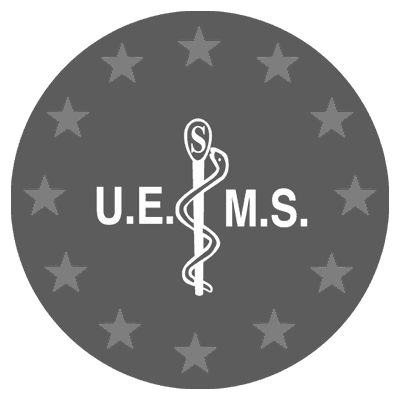
Why 111 Harley St.?
“Founded in 2001 as a centre of excellence, 111 Harley St. is home to a team of highly-qualified surgeons and Aestheticians. At my clinic, my team and I perform a variety of advanced aesthetic enhancements, advocating a bespoke prescription of non-surgical and surgical procedures to achieve your desired outcome. With a rich history of pioneering innovative treatments and procedures such Y Facelift, each patient will receive the top level of medical care and expertise. We’re with you every step of the way, from your first consultation through to post-operative inspections. My team’s highest priority is to ensure your safety and satisfaction.”
Dr Yannis Alexandrides MD FACS
International Plastic & Reconstructive Surgeon
Founder & Medical Director of 111 Harley St.
Founder of 111SKIN, 111CRYO/HEAT & 111SPA/CLINIC
Leading Aesthetic Professionals
Our team of qualified aesthetic practitioners continuously undergo rigorous training and are wholly committed to offering the latest innovative techniques in line with the most up-to-date aesthetic advancements. We strive to excel patients’ needs and expectations with a unique approach to treatments, creating a personalised prescription to suit your needs. With a combined experience of 50+ years, our world-renowned practitioners provide unparalleled patient satisfaction, care and safety. Trust and patient confidentiality are our priorities.

Dr Yannis is our Founder & Medical Director. He is a triple board certified Facial Plastic Reconstructive Surgeon with more than two decades of experience.
Get to know Dr YannisDr Yannis has patients that seek out his leading services from across the globe (80+ countries). He has performed surgery on actors, politicians, singers and many high profile celebrities. His 360 wellness approach with a view that surgery should be a last resort separates him from his fellow surgeons within the industry.
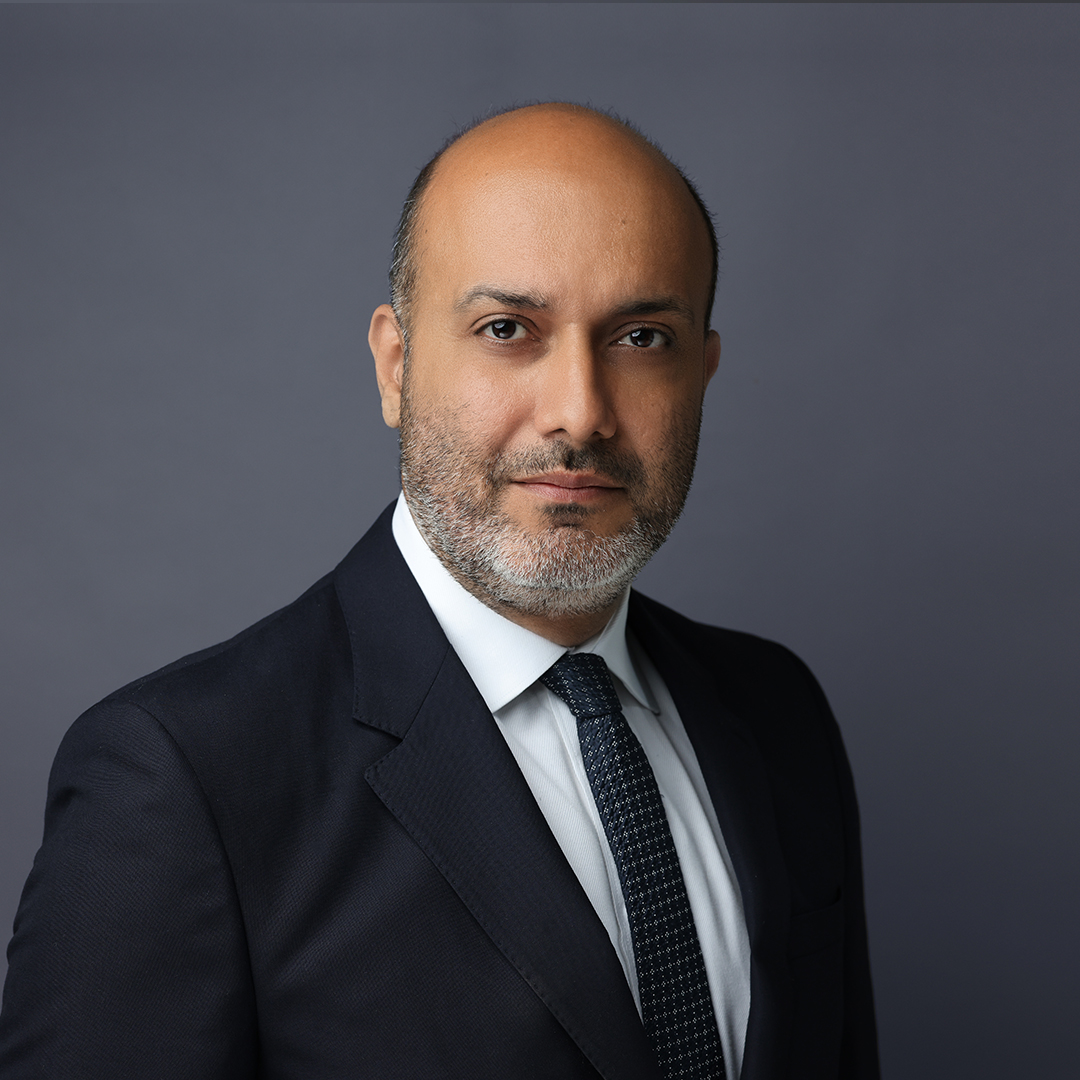
Dr Reza Alamouti is a fully accredited Plastic Surgeon at 111 Harley St. Since 2006, he has also practiced as a Consultant in both private and NHS sectors.
Get to know Mr RezaWithholding over 11 years of work within the field – both for the NHS and private sector, Dr Alamouti has established expertise in grounded Reconstructive Surgery which serves as anything from Breast Augmentation, to Tummy Tucks and Liposuction. Many patients reach out for his insight, expertise and transformative results.

Zuzana is our Surgical Nurse who will ensure your surgical journey runs as seamlessly as possible. You’ll get to know Zuzana during your pre and post-operative appointments where she will play a pivotal role in preparing you for your surgery as well as looking after you during your healing.
Get to know ZuzanaHaving completed her Nursing Studies in 2000 and working as Registered Nurse in the UK since 2008, Zuzana has gone on to be a stellar Surgical Nurse in a range of Harley Street practices before joining us 111 Harley St. With an eye for detail, knowledge and immense amounts of empathy, her caring and calm demeanour will put you immediately at ease.

Dr Ivy has over 20 years of medical knowledge and expertise in her field, where she initially trained – and holds – a doctorate in Dental Medicine and Surgery before falling in love with Injectables. At 111 Harley St. she aims to bring Advanced Facial Rejuvenation to her patients and her unique, specialist treatment: Face Design.
Get to know Dr IvyShe is an internationally-practising doctor that has worked – not only in the UK – but also in Croatia, Slovenia, India, South Korea, Switzerland, Italy and China. Her global experience has given her a rich and in-depth personal knowledge of skin types.

Claudia Brand is our Aesthetic Nurse Prescriber who specialises in a range of Injectable treatments. Since she came to 111 Harley St. she has been enhancing the clinic by brining in new treatments and ways to enhance body health. She introduced our clinic to Ameela – the treatment that ensured our feature in Vogue – and is also the curator of our bespoke selection of Vitamin IV Drips.
Get to know ClaudiaShe has been evolving her style as an Aesthetic Nurse, and has undergone training to become the Nurse Prescriber she is today. As she has become known for her gentle technique and natural results she creates, she has a plethora of loyal patients who return to her time and time again.

Milena is our Senior Aesthetician at 111 Harley St. and has expansive knowledge of the aesthetics industry since starting her career in 2003. She continually keeps up-to-date with the leading treatments and advancements within the field.
Get to know MilenaMilena prides herself on taking a very active approach to educating herself in the field to deliver the best possible results to patients. Milena’s passion and enthusiasm for the aesthetic industry translates to her treatment approach, enabling her to deliver sought-after.
Request a Consultation
Please note, all consultations are subject to the applicable consultation change or deposit.
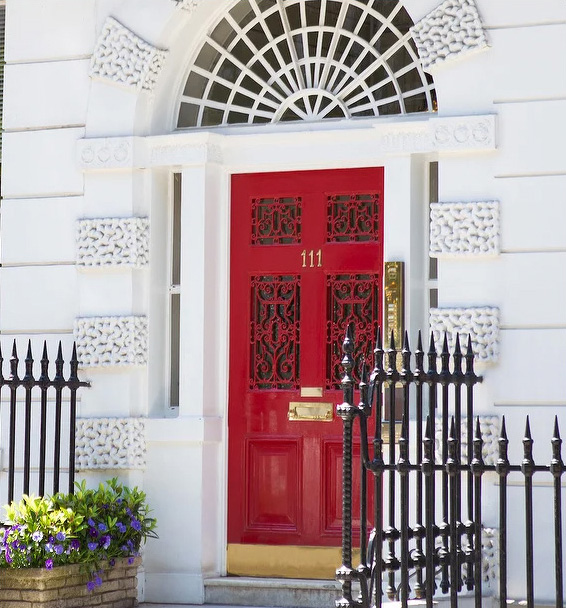
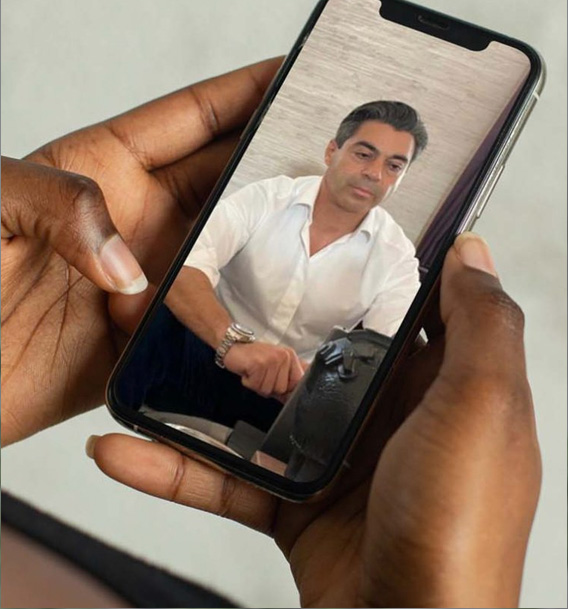
In-clinic OR Virtual Consultation
Surgical In-Clinic Consultation Fee: Dr Yannis £350 – Mr Reza £200
Surgical Virtual Consultation Fee – £200
Non-Surgical Consultation: Refundable deposit to secure appointment – £50
To request a consultation, please complete this form.
In-clinic OR Virtual Consultation
Surgical In-Clinic Consultation Fee: Dr Yannis £350 – Mr Reza £200
Surgical Virtual Consultation Fee – £200
Non-Surgical Consultation: Refundable deposit to secure appointment – £50
